Climate and Energy Summit 2025
Next event In person & livestreamed
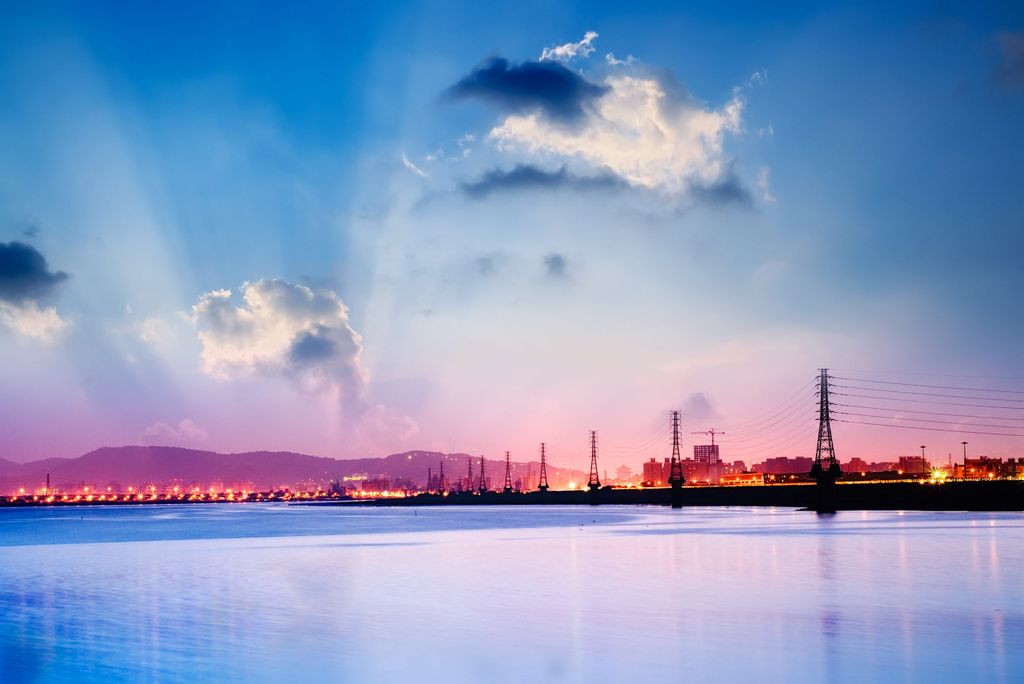
- Area of Expertise
- Climate, Energy & Natural Resources
Climate, Energy & Natural Resources
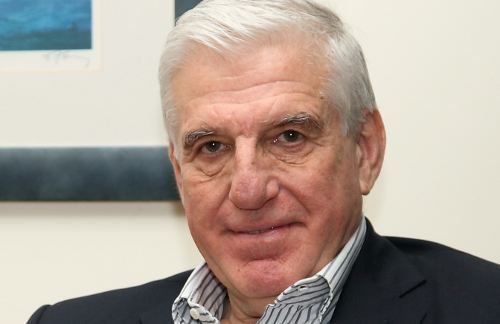
President of the Centre for Progressive Policy Research (KEPP)
The deal on climate change concluded at the UN Climate Conference in Paris can justifiably be described as a game-changer or, in U.S. President Barack Obama’s words, humanity’s “best chance to save the planet”.
195 countries – including the U.S. and China which account for 35% of greenhouse emissions – managed, thanks to the competent and determined leadership of the hosting country’s Foreign Minister Laurent Fabius, to set a limit to the increase of global temperature since the Industrial Revolution of the 18th and 19th centuries at 2 degrees Celsius and pursue the effort so as to lower it to 1.5 degrees.
The attainment of this target would require, according to the International Energy Agency (IEA), spending about $16.5 trillion on renewables and energy efficiency until 2030. Policies would include incentives for clean energy production, scaling back support for fossil fuels like oil, making emissions more costly and reducing deforestation. Carbon pricing through markets or taxes, planting trees, burning biomass instead of fossil fuels are some among the tools to be used. The accord is not legally binding but relies on rigorous monitoring rules to secure transparency.
The agreement’s paramount aim is to pass the message that fossil fuels carry financial and legal premiums while clean energy is subsidised. It will take effect in 2020 provided that it is ratified by 55 countries accounting for 55% of emissions. A key feature of the deal is that developed nations committed $100 billion in annual aid to the developing nations so as to overcome the inevitable tensions that undermined past efforts to control emissions.
The effective implementation of this accord is fraught with dangers of economic as well as political nature, inherent in any endeavor that involves many players and spans over a long period of time. Here we shall focus on two such factors which have recently reasserted themselves, namely the volatility of the price of oil and growing geopolitical uncertainties.
Recently the world experienced a precipitous fall in oil prices. The slowdown in energy demand, as a result of weaker growth in emerging markets as well as the switch of the Chinese economy to a more diversified and less energy-intensive growth model, largely explain this development suggesting that the market for oil will eventually rebalance via higher demand and lower growth of supply. The supply response is more uncertain than demand – which sooner or later will pick up – as it depends on the policies of OPEC as well as of non-OPEC producers.
According to IEA estimates, more resilient non-OPEC supply and higher Middle East output could hold the oil price close to $50/bbl until the 2020’s. However, an investment slowdown in the oil industry – in response to low prices – will tend to increase the risk of a sharp market rebound destabilising the market.
Crucially, a prolonged period of lower prices would undermine support for the energy transition by stimulating oil use and diminishing the case for efficiency investment and switching to alternative sources. Policymakers will, therefore, have to adjust market rules, policies and subsidies so as to maintain the momentum towards cleaner energy. In order to minimise the additional fiscal cost that this will entail governments should ring-fence policies against potentially large market swings.
If the world stays the course, renewables are set to become the leading source of new energy supply by 2040. In the U.S. and India renewable-based power generation will represent about 25%, in China and Japan 30%, and in the EU 50% (IEA estimates).
Besides sharp swings in the oil price, the other major threat to the transition process concerns energy security. Geopolitical risks are rising, particularly in areas which hold strategic positions in the global energy map. Russia is attempting to restore its former great-power status by taking action in areas traditionally claimed by the Russian and Soviet empires, such as Ukraine, and intervening militarily in Syria. NATO is redeploying forces close to East European frontiers while a serious incident at the Turkish-Syrian borders led to the downfall of a Russian military aircraft and the loss of the life of one pilot.
In the Middle East itself, the process of resolving the Palestinian question is frozen, Syria is in the middle of a horrendous civil war and other Arab countries, like Libya, are in turmoil as a consequence of the destabilising effects of the Arab Spring. The only bright spot is the eventual re-integration of Iran into the international system as a result of the nuclear deal, although this is inflaming the Sunni-Shia rivalry involving major powers like Saudi Arabia.
Low oil prices, by concentrating global supply to low-cost but unstable Middle East producers, would aggravate energy security. In a conference organised in early December by the Bosphorus Energy Club in Turkey talks focused on security and the future of the gas relationship with Russia. The history of major gas pipelines planned to be constructed in the area covering Russia, Eastern Europe and the Middle East indicates the existence of unresolved, economic and geopolitical, conflicts. The Nabucco pipeline, linking Azerbaijan with Austria via Bulgaria, Romania and Hungary, was abandoned in June 2013. The South Stream, linking Russia with Austria via Bulgaria, Serbia, Hungary, Slovenia and Croatia, was cancelled in December 2014. The Russian Stream, linking Russia with Turkey, was abandoned in December 2015.
Conflicts or accidents may disrupt supply flows and destabilise markets as viciously as market forces. The world’s governments should be watchful and pro-active in both the economic and political sphere so as to ensure a smooth passage to clean energy – fulfilling thus a vital condition for saving the planet.
Next event In person & livestreamed

Past event In person & livestreamed
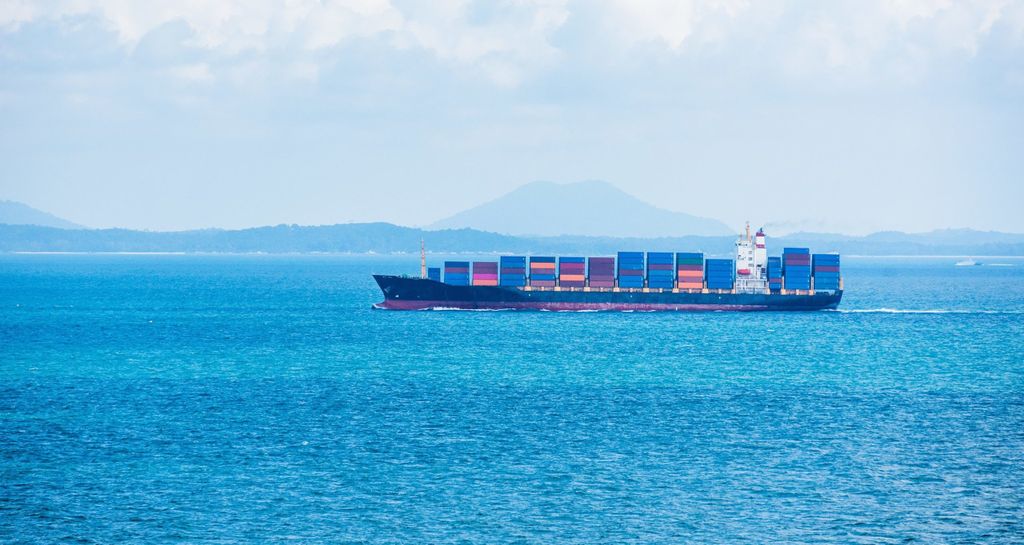
Past event In person & livestreamed
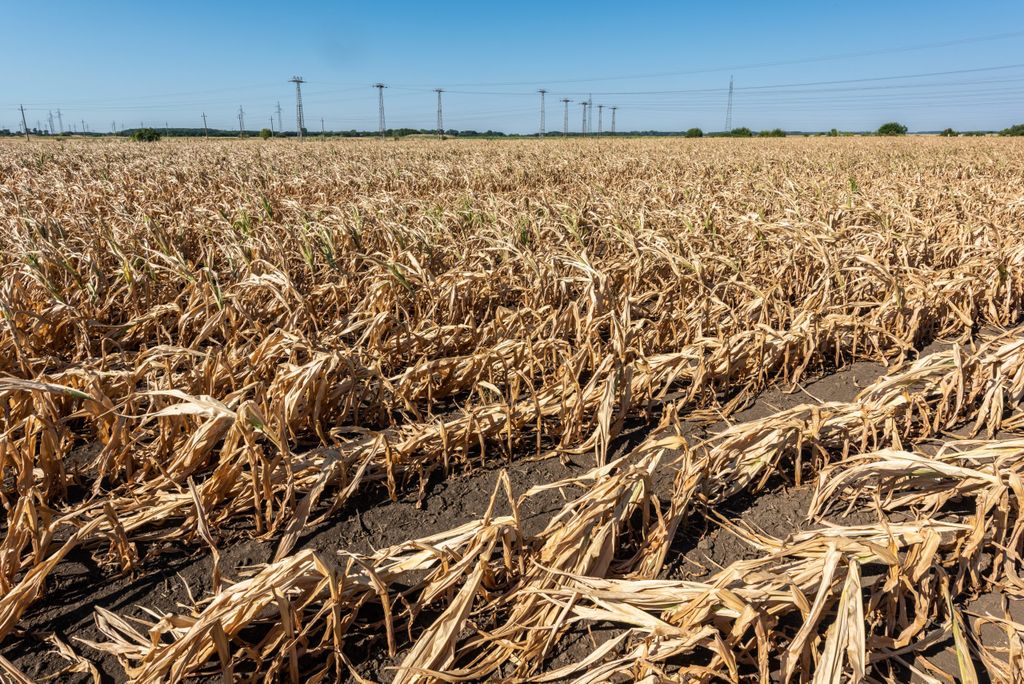
Past event In person & Livestreamed
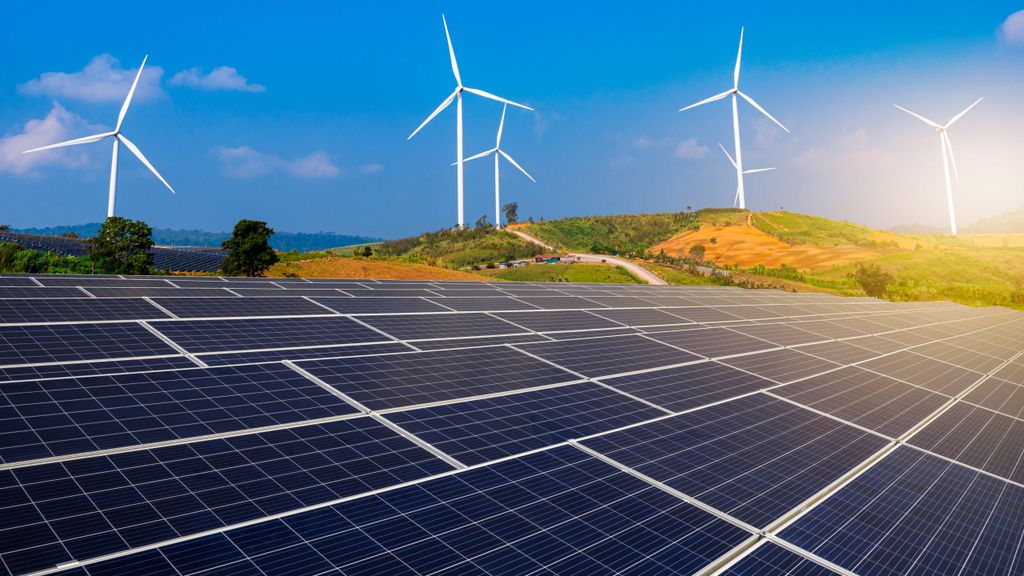
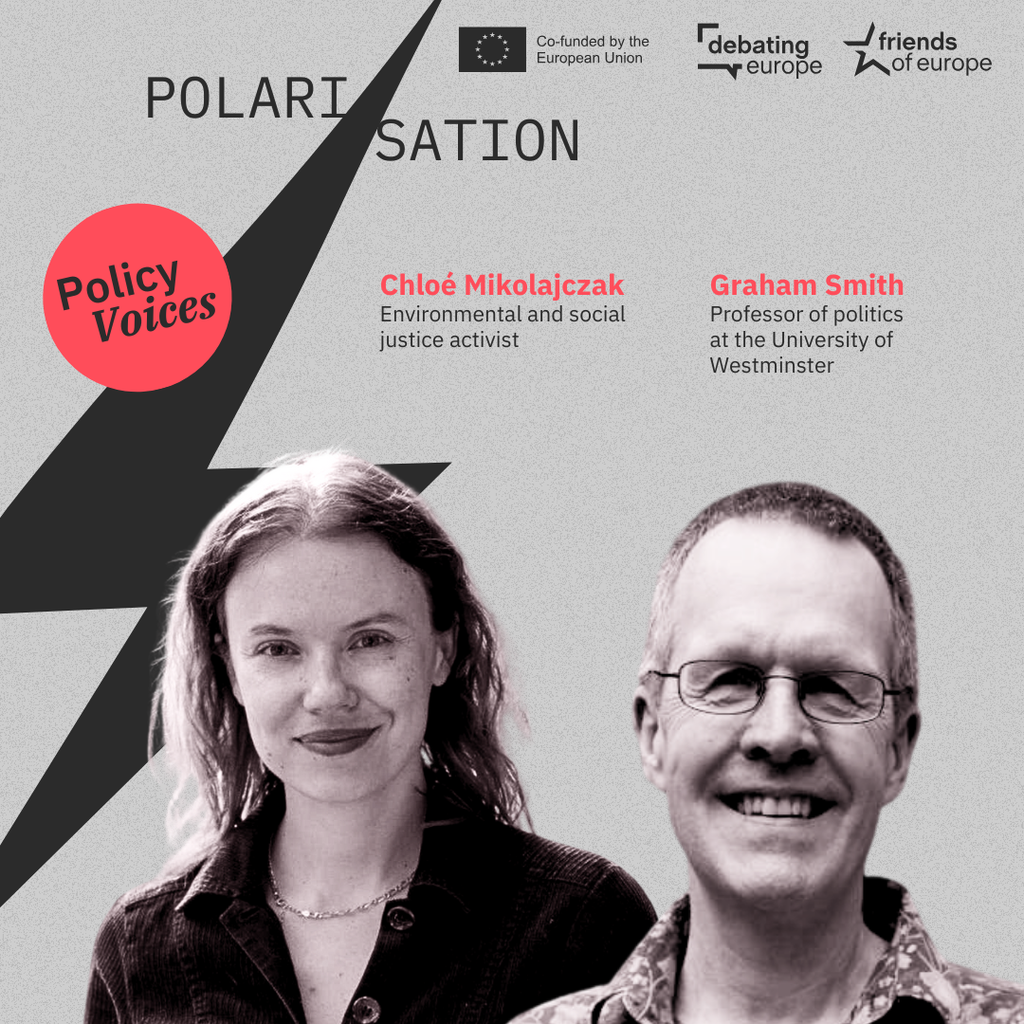

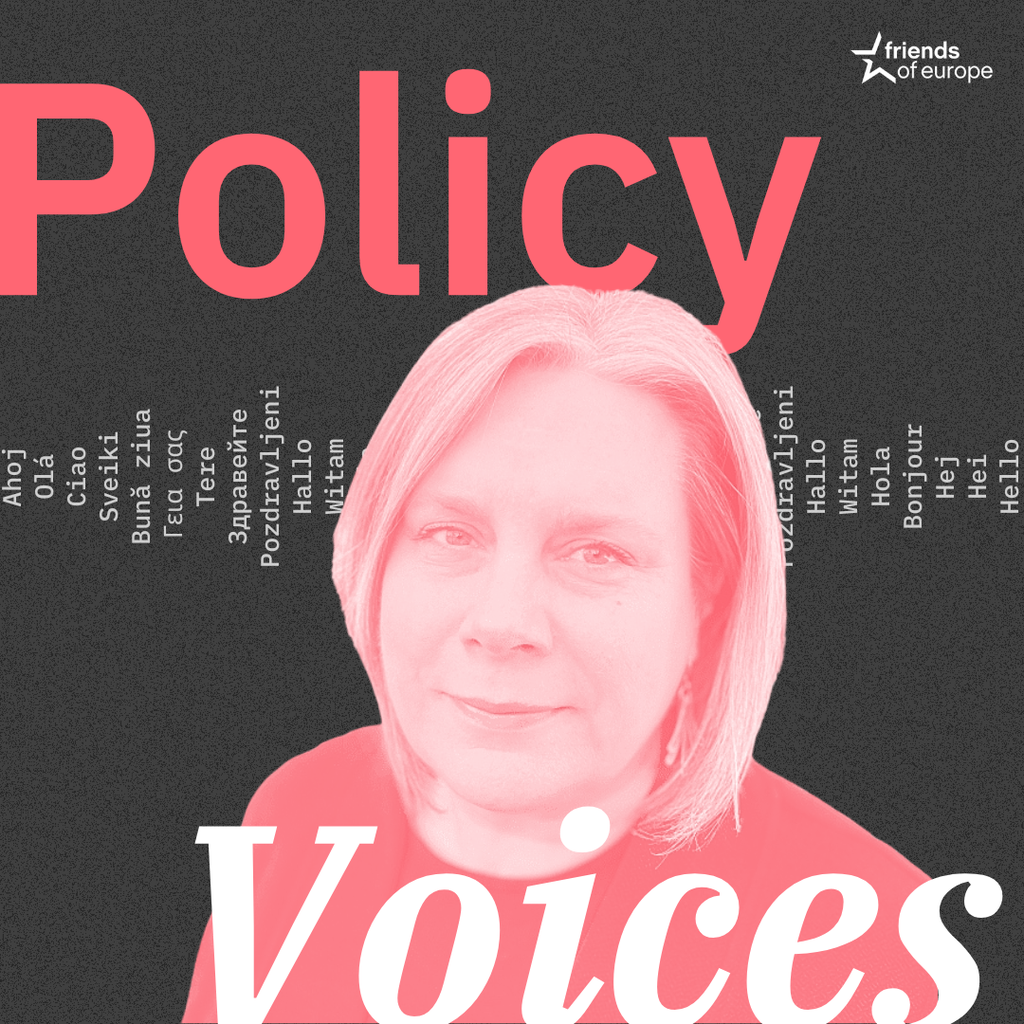
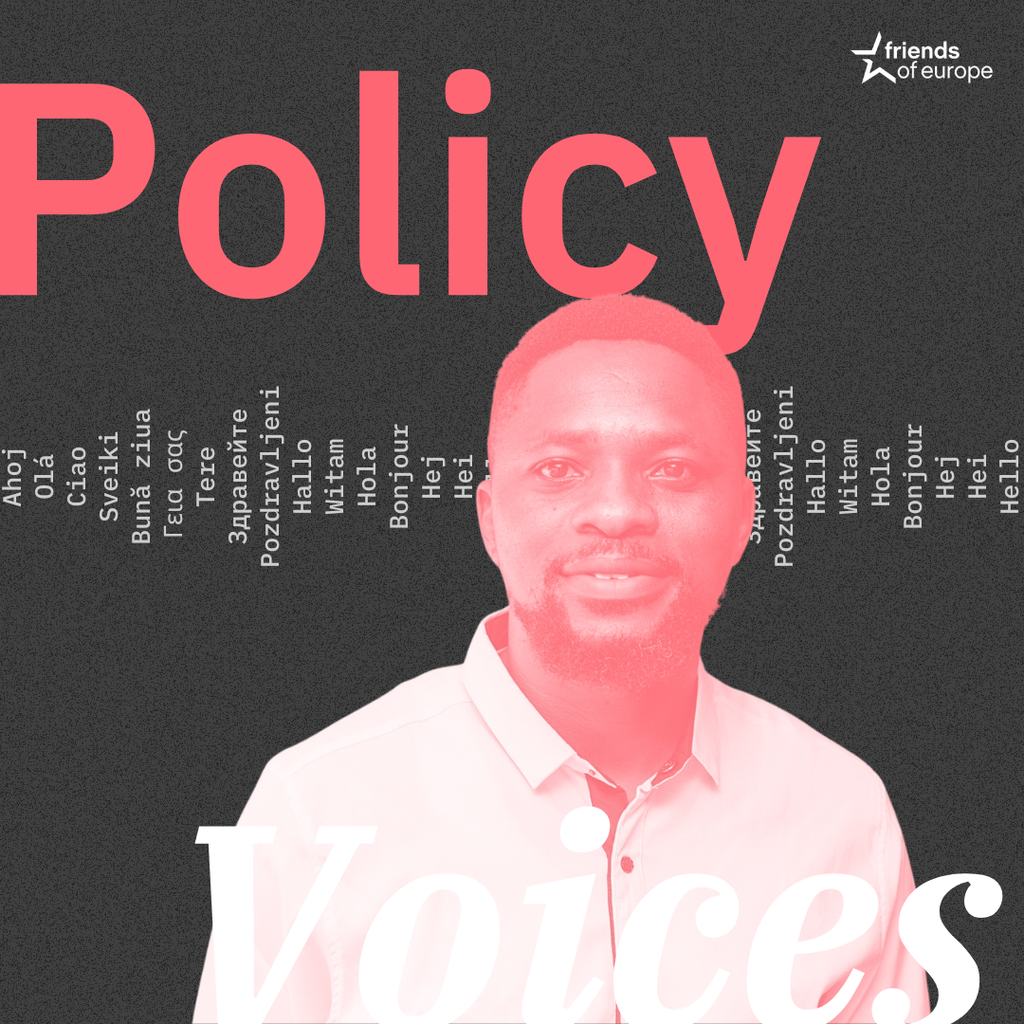
Stay informed
We use cookies and similar technologies to adjust your preferences, analyze traffic and measure the effectiveness of our campaigns. Learn more about our privacy policy.